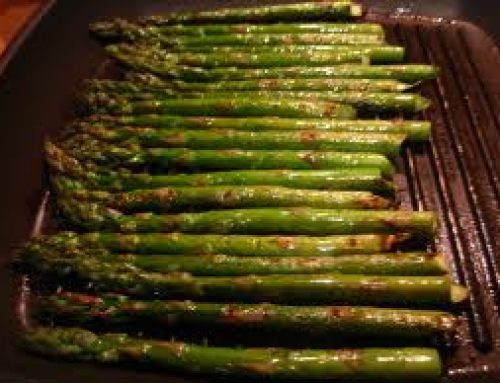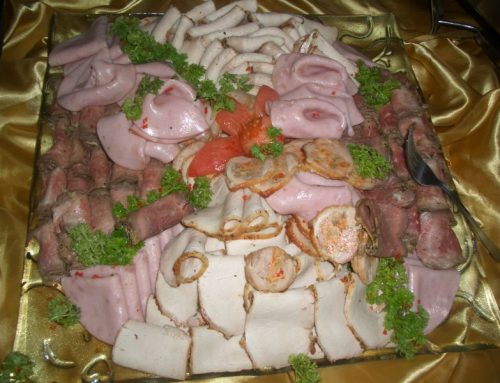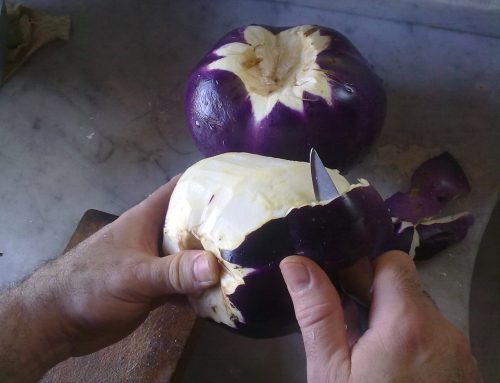Known as the Zante Currants in the USA, Currants are dried berries which are sweet and seedless and come to the grape cultivar ‘Black Corinth.’ They are quite intense in flavour and small in shape. They are often called dried currants and are often used in cooking.
So can guinea pigs eat currants, and if they can, how much can they eat?
As usual, we’ll take a look at its nutritional data and in particular their phosphorus, calcium, sugar, acidic and fat content, which is the stuff which us most pertinent to guinea pigs.
Nutritional value per 100 g (3.5 oz)
Energy 1,184 kJ (283 kcal)
Carbohydrates 74.08 g
– Sugars 67.28 g
– Dietary fiber 6.8 g
Fat 0.27 g
Protein 4.08 g
Thiamine (vit. B1) 0.16 mg (14%)
Riboflavin (vit. B2) 0.142 mg (12%)
Niacin (vit. B3) 1.615 mg (11%)
Pantothenic acid (B5) 0.045 mg (1%)
Vitamin B6 0.296 mg (23%)
Folate (vit. B9) 10 μg (3%)
Choline 10.6 mg (2%)
Vitamin C 4.7 mg (6%)
Vitamin E 0.11 mg (1%)
Vitamin K 3.3 μg (3%)
Calcium 86 mg (9%)
Iron 3.26 mg (25%)
Magnesium 41 mg (12%)
Manganese 0.469 mg (22%)
Phosphorus 125 mg (18%)
Potassium 892 mg (19%)
Sodium 8 mg (1%)
Zinc 0.66 mg (7%)
Source usda
As you can see currants do contain quite a bit of currants, acid and calcium. As mentioned above, they are also very sweet. However they do contain a bit of vitamin c.
Taking all that into account, guinea pigs can eat currants but because of the nutritional contents mentioned above, don’t feed them often. Maybe a few times a month at the most in small amounts. They are surprisingly not good for piggies but that’s not to say that they can’t eat a few if them.
There are much better things for them to eat like some nice veggies.





